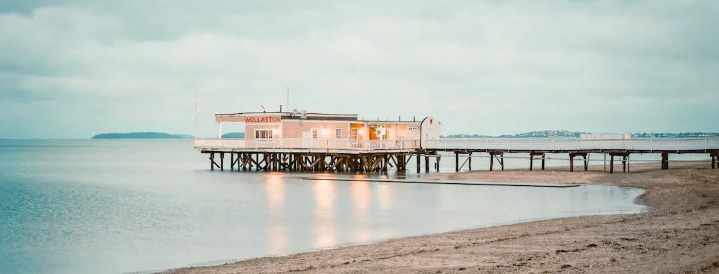Quincy MA Road Trip: Explore Historic Sights and Natural Wonders
Birthplace of the American Dream and Kilroy in Easy Reach of Boston birthplace of John Adams, John Quincy Adams, and John Hancock, Quincy played a vital role in the American Revolution. Today, much of their legacy remains.
Five miles south of Boston, just across the Neponset River, Quincy appears at first sight just like any other suburb. Stay awhile, there is a wealth of history that is impossible to avoid.
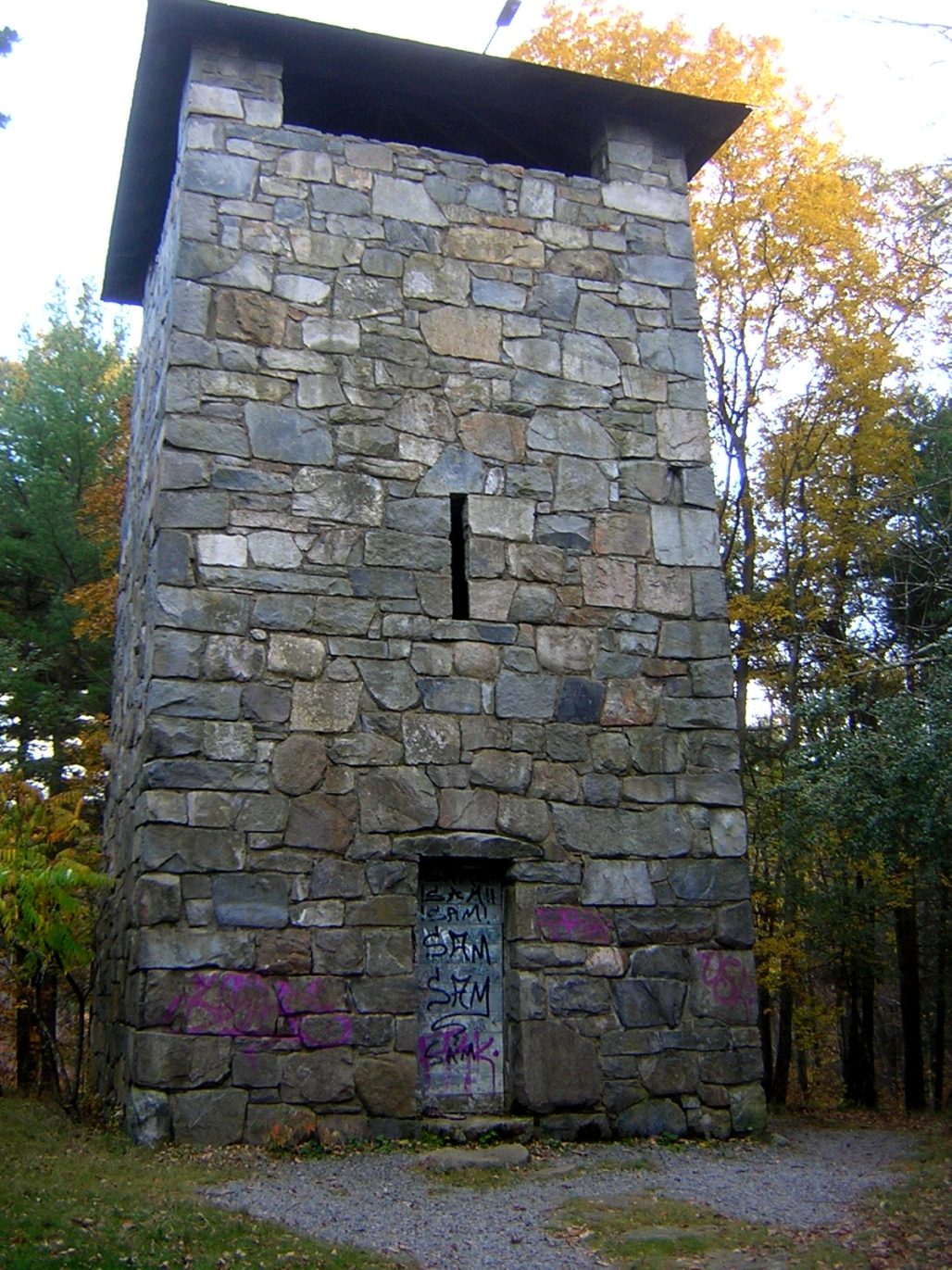
Quincy claims to be “The birthplace of the American Dream” and the “City of Presidents”. John Adams, John Quincy Adams, and John Hancock, who played a vital role in the fight for American independence, were all born here. John Adams, the first vice president, was born in 1735, the oldest of three brothers.
Their legendary forefathers have inspired succeeding generations to live the American Dream. Howard Johnson and Dunkin Donuts both started trading as small Quincy businesses before becoming household names.
Historic Sites
Quincy is home to several fascinating historic sites. The Adams National Historical Park is the former family home of two presidents, John and John Quincy Adams, and is open to visitors year-round. Also worth visiting is the residential USS Salem, a decommissioned World War II battleship that now serves as an interactive museum. For Aquarium fans, the John Hay National Wildlife Refuge hosts a variety of sea creatures from seals and sea turtles to jellyfish and sharks.
Adams Mansion
The Adams Mansion was the summer White House for both presidents and home to their descendants until the early 20th century. Today, the mansion and the birthplaces of both presidents from the Adams National Historical Park A regular Trolley Tour departs from the Visitor Center in Hancock Street, visiting all three sites in about two and a half hours. Other historic sites include United First Parish Church – the burial place of both presidents and their wives, the historic Hancock Cemetery, and the Dorothy Quincy Homestead, the childhood home of John Hancock’s wife, Dorothy Quincy.
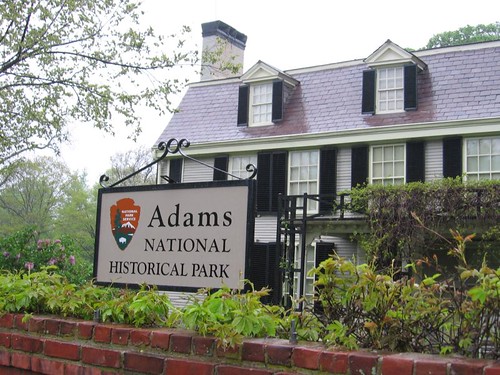
America’s first commercial railroad
America’s first commercial railroad was founded in Quincy in 1826; transporting granite to Charlestown for the construction of the Bunker Hill Monument. Granite played a large part in the city’s population growth; with immigrants settling to work in the city’s quarries. The industry declined after 1945 with the advent of cheaper building materials and the last quarry closed in the 1960s. Examples of Quincy Granite can still be seen at the Bunker Hill Monument and the Women’s Titanic Memorial in Washington DC.
Parts of the original granite railway still exist, while old quarries are popular with hikers and rock climbers. The new Granite Links Golf Club stands on the site of some of the former quarries.
Natural Wonders
The city also provides plenty of natural beauty just waiting to be explored. Spend some time hiking or biking on the Wollaston Beach Pathway, or take a leisurely stroll along the Neponset River Trail. Take a wildflower walk on Moore’s Pond Trail and discover many native species of plants and animals. Finally, enjoy stunning views at Quinobequin Valley Park, where you can observe over 200 species of birds throughout the year.
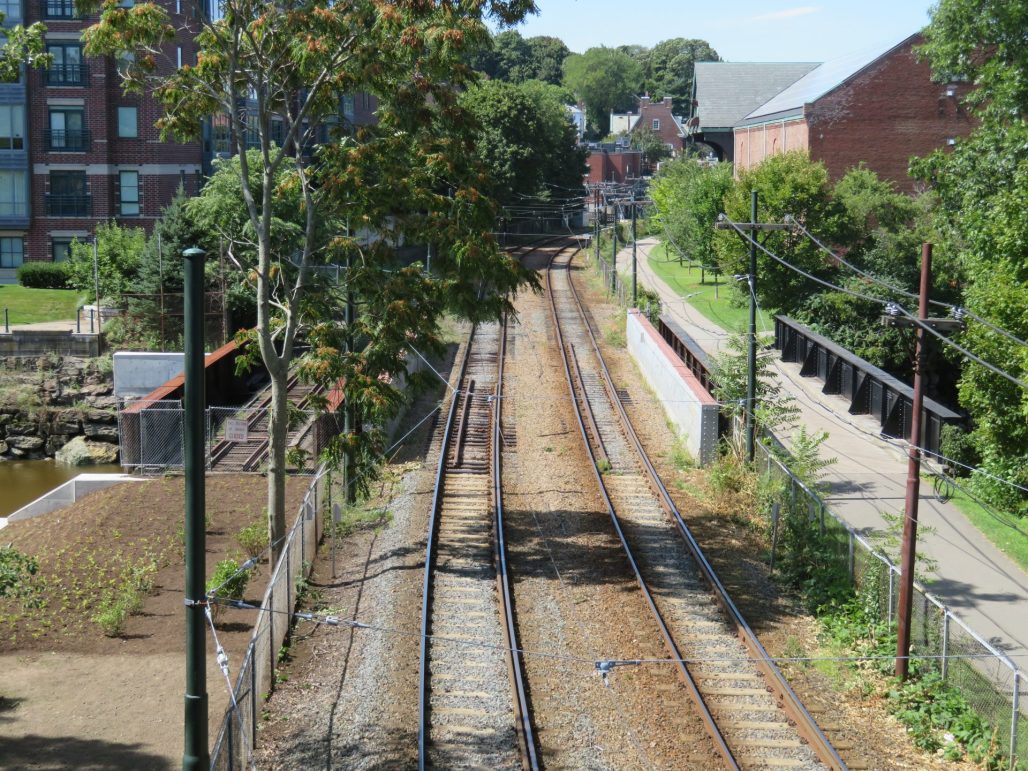
Blue Hills Reservation
Head over to Blue Hills Reservation to go skiing, snowshoeing, mountain biking, and more in wintertime. In summer, try your hand at sailing along Quincy Bay with the Quincy Yacht Club. For a more relaxed day, spend some time exploring the downtown area full of charming boutiques and restaurants. Whether you’re looking for adventure or relaxation, Quincy has something for everyone.
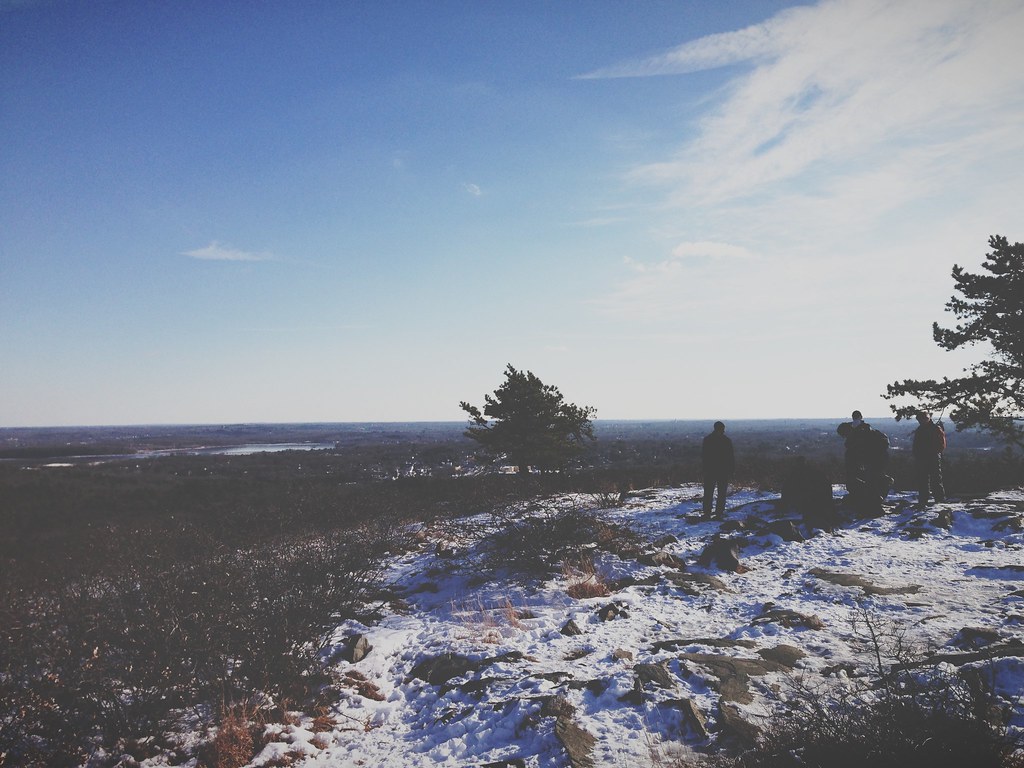
Quincy Shipyards
Many of the U.S. Navy ships that fought in World War II, Korea, and Vietnam were built in Quincy’s shipyards. Shipbuilding continued until the mid-1980s. The Fore River Shipyard is now home to the U.S. Naval Shipbuilding Museum, aboard USS Salem, the former flagship of the Sixth Fleet, built in Quincy in the 1940s.
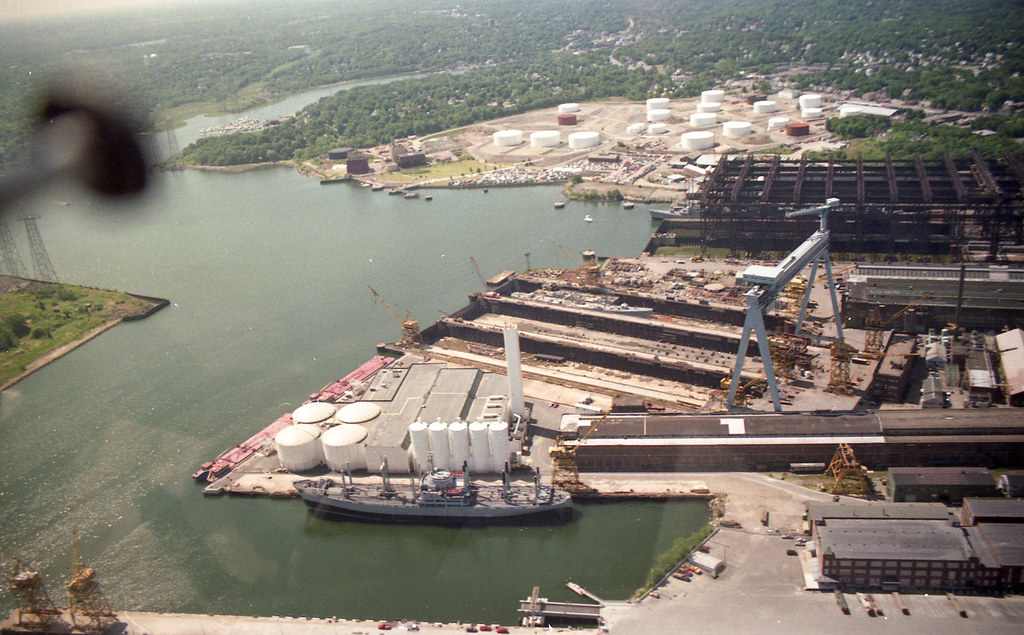
Kilroy was in Quincy- in fact, he worked there. At Quincy’s Bethlehem Steel Shipyard, during World War II, James Kilroy chalked his name next to rivets he inspected, and so a legend started. With no time to paint over the markings before the ships went into battle, “Kilroy Was Here” traveled the globe, and soon became a GI’s rallying cry, scrawling it wherever they went.
The sea still influences modern Quincy, with 27 miles of coastline and nearly a dozen beaches there are plenty of opportunities for swimming, picnicking, and water sports. Marina Bay hosts a wide variety of restaurants, lounges and clubs, with a Nantucket-style boardwalk, offering a panoramic view of Boston’s skyline.
Easily accessible from Boston by road, the Red Line T subway or commuter rail, Quincy provides an enthralling mix of past and present.
